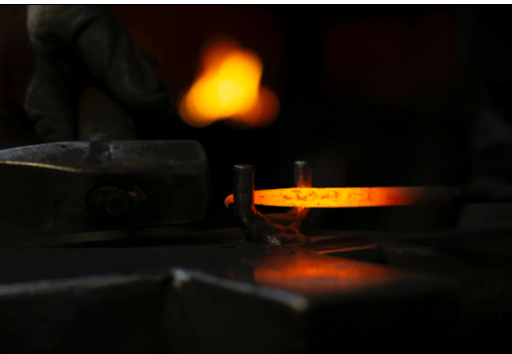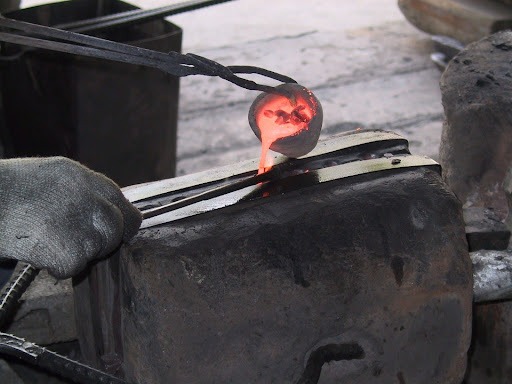Cold chamber casting is one of the die casting methods that allows for high moulding precision and extended durability of the equipment. Whichever mould method you choose – cold or hot chamber die casting – there will be certain advantages for your manufacturing equipment. Each method has its drawbacks too. Find below an overview of cold room die casting.
How does it differ from hot chamber die casting?
During hot chamber die casting, the moulding happens by immersing the injection chamber into the molten metal. This allows for a fast moulding and increased production numbers. The cold chamber die casting takes place in two stages. First, the metal goes in a furnace where it’s heated to the needed temperature. Then it is transferred to the pressure chamber to be forced into the specially shaped mould cavity. The cold casting method is used with metals that have a high melting point and provide higher durability.
Advantages
Unlike hot die casting, cold one is more suitable with metals like aluminum and copper which are widely used in the manufacturing processes. Since the machinery maintains a relatively cooler temperature throughout the mould injection, it can support aluminum and copper’s high melting points. It means the machinery will not get damaged under the extremely high temperatures of the metals. For hot chamber die casting, it’s crucial that the materials do not dissolve the machinery metal or cause its corrosion. For this reason, the materials are limited to alloys with low melting point and low corrosion expectations, including lead and magnesium. Another advantage of the cold die casting method is that the final product has a finer finish and there is more versatility in giving the metal diverse shapes and designs.
Disadvantages
The main drawback of cold chamber die casting is that it’s slower. The process is divided into two steps where firstly the metal is heated in the furnace, then brought to the mould machinery to be cast. Lasting longer, this method allows for lower production rates. But this is compensated by the increased durability and strength of the final product. Damaging cold-chambered parts in industrial circumstances is harder, hence you will have to spend money on repairs and replacement on very rare occasions. Operating with equipment that gets hardly broken ensures a permanently-flowing industrial process. If the parts get broken, you will have to halt the production for an undefined period of time, which may ultimately affect your income and disrupt the trust of customers. Another disadvantage of a cold chamber is that it requires more pressure to push the molten metal inside it. In this way, you need more resources to run this process.
Takeway
To put it simply, a cold chamber is a machinery that moulds metal in two steps and is compatible with metals with high melting points like aluminum, zinc and copper. It’s called cold not because the chamber is cold, but because the metal is heated outside in a separate furnace, then pushed through the high-pressure casting cavity. Generally, this method takes longer than hot chamber die casting, but it provides higher durability to the parts and enables finer finishes.


